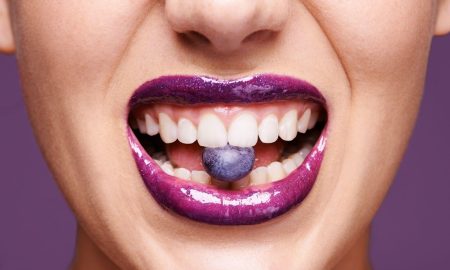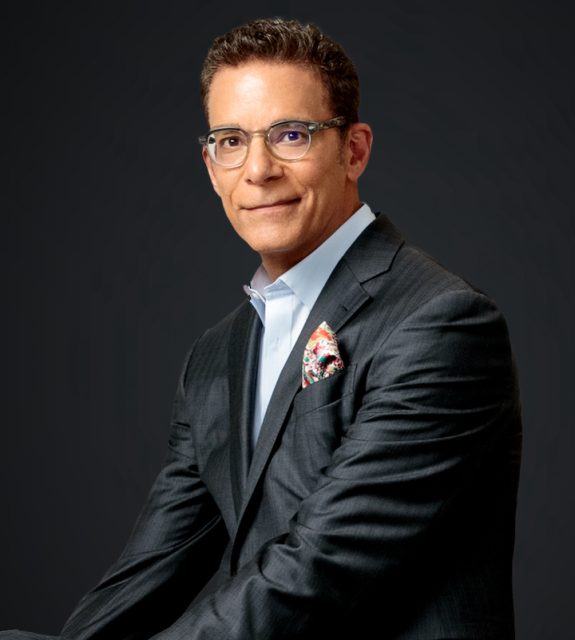Since 2013 Dr. Raheleh Sarbaziha, Dr. Rahi for short, has been reimagining the realms of integrative medicine and aesthetic beauty, bringing a unique perspective and approach. Armed with her qualifications from Ross University School of Medicine and the University of Toronto, Dr. Rahi ventured out to share her knowledge of the human body with the nation and world. With a fellowship in Integrative Medicine Dr. Rahi today specializes in helping her patients look and feel more confident.
 Photo Credit: Shutterstock
Photo Credit: Shutterstock
What is aesthetic medicine?
Why does it make sense to bring the two together? What does that mean for the patient? Why aesthetics don’t have to be negative and vain. Why your health and wellness should be your daily priority.
We all know the saying: too much of a good thing can inevitably turn bad. And the saying is true for aesthetics, as well.
When you obsess over your physical appearance, it’s often not even your body that you want to change; it’s your mind. That critical link missing between mind and body—the nagging voice that you can’t ignore, no matter how hard you try—can create a perfect storm for unnatural and even harmful consequences, both physically and mentally when aesthetic medicine and plastic surgery is introduced. It’s a slippery slope that we’ve seen lead to Body Dysmorphic Disorder (BDD) or other cognitive-behavioral issues, not to mention harm caused to your body in the process.
It’s no secret aesthetic medicine is a booming industry. So, how do we walk the delicate tight rope between improving quality of life (not to mention psychological wellbeing and social engagement) and body dysmorphia? It starts with your doctor.
We all age, have nitpicky issues we’d like to change ASAP, or maybe even larger parts that we’ll forever fantasize about “fixing.” Like everything else, finding the sweet spot involves a holistic approach, looking at the big picture, and curating a regimen to balance out what is both natural and inevitable (we’re looking at you, wrinkles and droops). W e will all age, we will all get creases and folds, but the knowledge and higher consciousness that we all ultimately pass onto a different life will, I hope, allow us to approach our daily vitality with compassion and focus on the real things that can help us feel and look better.
After I completed my residency, I was set on finding the perfect area of medicine that would make me feel at home but still able to provide service to others. Unhappy with the conventional ways of approaching healthcare, I sought out to discover new-yet-ancient modalities and philosophies by completing my integrative medicine fellowship.
The fellowship allowed me to see the medicine in a completely new light, one where I could focus on prevention while also working alongside my patients to shape their ideal pictures of health and wellness. At first, I wasn’t clear on how to merge the two fields, integrative medicine and aesthetics. Each was both equally fascinating and rewarding. It wasn’t until I learned that I could fuse the two that things really changed. I found the world of aesthetics under-represented and misguided in the established medical education: from medical school to formal educational training programs like residency fellowship, the world of aesthetics is largely ignored by the medical community. But why? The short answer is that because something is elective or cosmetic, it is generally regarded as lesser. But as we learned before, the mind and body are one, and sometimes, when done correctly, fixing the part can heal the whole.
View this post on Instagram
I regard aesthetics as the last frontier in medicine. Ever-evolving, the industry is a growing force across all medical specialties thanks to the huge patient demand and lightening-speed advances in training and technology. Now more than ever, people want to look and feel good. It’s on us doctors now to help translate the image of health and wellness into the human body.
But there’s still work to be done in the aesthetic field. The cosmetics goldrush has led the way for many “non-doctors” to flood the marketplace and create disastrous scenarios for unsuspecting patients. And while traditional medicine has focused on the disease and the treatment of these diseases, I wasn’t satisfied with this approach to healthcare. So I merged the two. My years of medical training and experience, from the hospital to private practice, has allowed me to develop an expertise and framework for standards of care in aesthetic integrative medicine. What does this look like? It involves looking at the patient as a whole, spending more time to discover underlying issues—like in diet or bloodwork—while also using less-invasive treatments to support the patient’s overall care.
My quest in mind-body medicine is an endless education. There will always be new treatments, modalities, and methods to discover in this nascent field. Most of what I’ve learned, however, is rooted in ancient and worldwide healing practices. I’ve condensed and compiled what I see as the five core philosophies in aesthetic medicine below.
1. Open your mind to the vast world of medicine—there are many different types of medicine, and it’s worth exploring and researching to see what licensed professionals are out there.
2. Aesthetics does not equal vanity—think of aesthetics as external self-care. Our skin is our biggest organ, so there’s no shame in investing in your health, both inside and out.
3. Bring awareness to the food that you consume on a daily basis—what is it? Where does it come from? How has it made it’s way to my plate? This is often the first step.
4. Focus on balancing your sleep with the natural circadian rhythm—this is a vital part of sleep hygiene. When you feel good, you look good, and sleep is one of the most important factors in feeling good.
5. Find an integrative medicine practitioner who actively listens. While your doctor should always come from a place of understanding and education, it’s also important to save space for what best serves you, and having an attentive, compassionate doctor makes all the difference.
For more information, visit Dr. Raheleh Sarbaziha's social media:
























